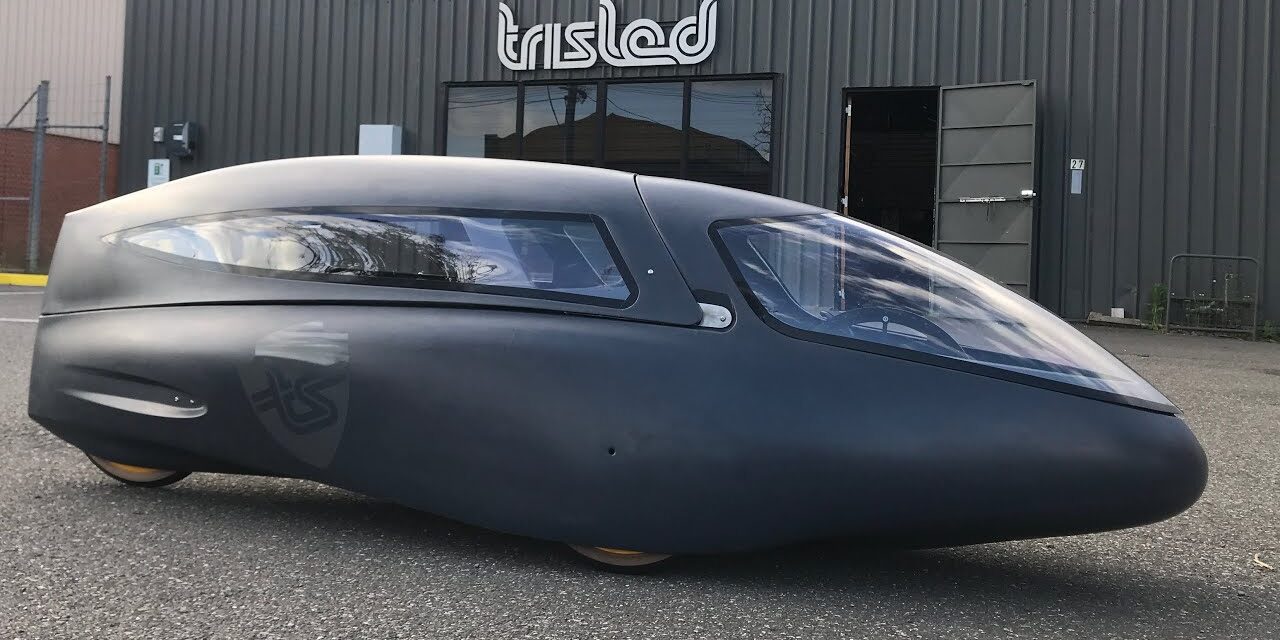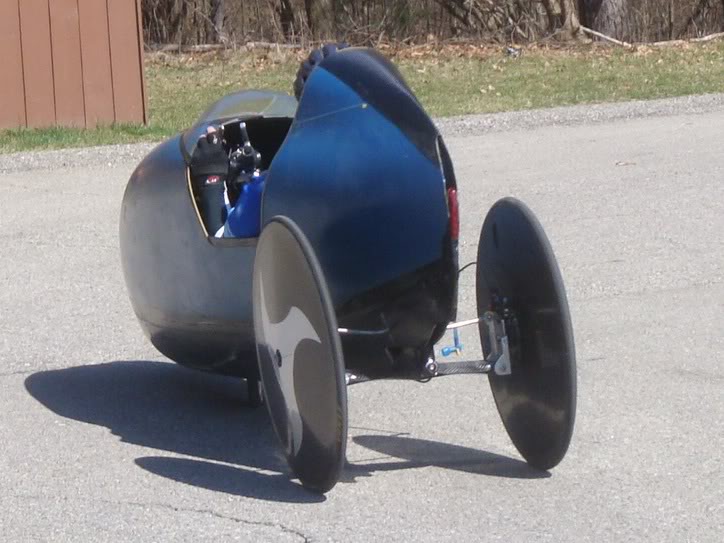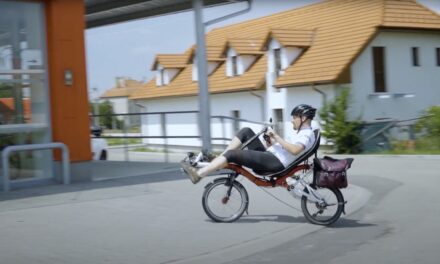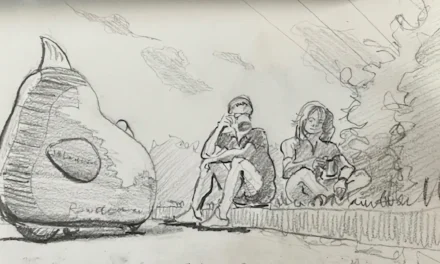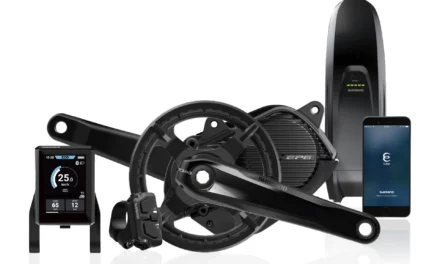[UPDATE: We added a second video related to Skyhawk]
The basic material for the production of velomobiles today is mainly carbon or Kevlar and also classic fibreglass for some cheaper models. However, working with these materials is tedious and the price of the product is consequently high. Australian Trisled, however, has been using rotomolding technology for many years and has embarked on a challenging journey to introduce it to the world of racing velomobiles of the Australian Pedal Prix series. Their new model is to be called the Skyhawk.
I’m confident in this consideration that it will be lighter/tougher than a composite shell.
The classic production of velomobiles is carried out by placing layers of fiberglass, carbon, or Kevlar impregnated with epoxy resin into a mold, whereby the layers are usually several, and the whole process is lengthy. The bodywork must then be allowed to cure. In contrast, rotomolding is a technology that is used, for example, in the manufacture of kayaks. In a nutshell, the process involves pouring plastic powder into a large mold, closing the mold, and slowly spinning and heating it. The plastic powder starts to melt and spread evenly over the mold. The mold then cools, and the resulting, very durable product is pulled out. While the process is not nearly as fast as plastic injection molding, it is much faster than laminating. In addition, even the molds are relatively inexpensive, although their overall size makes them expensive and a big investment for a small company like Trisled is.
The downside, however, is that polyethylene bodies are not yet capable of being self-supporting and thus require an internal frame.
The final weight of the Skyhawk is also not yet known. Ben Goodall, owner of Trisled, comments: “The approximate shell weight is between 5 and 40kg / 11 to 90 lbs. I’m not even kidding! The next step is to find the “goldilocks” shot weight when we mould them. The decision really comes down to the right balance between toughness and weight. HPV racing here is contact sport so they need to take a beating. I’m confident in this consideration that it will be lighter/tougher than a composite shell.”
Trisled is currently the only manufacturer that consistently and successfully uses a production method for velomobile bodies other than lamination. Their Rotovelo, a well-established product, has recently been updated. With a wealth of experience in both consumer and racing velomobiles—particularly those designed for students competing in the Australian HPV Championship—Trisled is leveraging these insights to create a more affordable product aimed at making velomobiles accessible to a larger number of students.
Two days ago, Ben Goodall released the first video introducing this new model and promised to share several more videos over the next three weeks, creating an intriguing mini-series. Below, you can view the first video, as well as a popular, humorous clip demonstrating Rotovelo’s durability in a hockey match. For those interested in the rotomolding process used in its production, there’s also a video explaining the technology.

